
This content is protected against AI scraping.
Update, 10/3/23: this post reflects my own views on the Sonya Larson case. It has been resolved in court, and you can read about that here.
As an author, an executive editor in publishing, and someone who donated a kidney to a stranger, I was naturally intensely interested in the “bad art friend” literary scandal. The article “Bad Art Friend” in the New York Times detailed how the writer Sonya Larson took lines from a heartfelt letter written by a fellow writer and acquaintance, Dawn Dorland, about her kidney donation, and used them in her short story about an insufferable kidney donor, named “Dawn” in the first draft.
The article painted Dorland as grasping for attention and praise, although a readthrough of all the court documents left me with a very different impression.
It depicted Sonya and her cohorts in the Chunky Monkey writing group as mean, and the group chats, emails, and text threads underscored this at every turn. I once admired Celeste Ng, even if her fiction wasn’t to my taste, and reading Ng’s texts to Larson declaring “DAWN CAN GO FUCK HER ONE KIDNEY” and so on really hurt. Christopher Castellani, the current artistic director of GrubStreet—a creative writing center in Boston where Dawn was a student and later an instructor—wrote of Dawn, “My mission in life is going to be to exact revenge on this pestilence of a person,” presumably for defending her intellectual property.
I wasn’t surprised at all, though, that the discourse in the first few days of the NYT article centered around criticism of Dawn Dorland’s character. Was the kidney donor bad, or very bad? Was she annoying, crazy, a narcissist, or, as Helen Rosner of The New Yorker quickly declared in a tweet, “a monster”?
Any talk about altruistic kidney donation inspires, in most people, a discussion of the character of the donor. Some people call the donor a saint, while every donor I’ve ever met will tell you this is far from the truth.
Others react with a knee-jerk viciousness and a mad scramble to prove the donor isn’t a good person. I’ve seen it happen in numerous comments sections of articles about donors over the years, and I’ve experienced it personally. In one of my writer Facebook groups where we all shared links to our publications, I shared an essay I’d gotten published about my kidney donation. From that point on, one woman responded to any post or comment about writing I made with angry words about my donation until I left the group. Some people who read the article got hold of my personal email address and sent me emails saying that I was a narcissist and they hoped I would die of surgery complications.
In Dorland’s case, writers who post repeatedly about their publications rushed to criticize her for posts about saving a life. They pored over her Instagram looking for evidence of less-than-virtuous motivations for donating, apparently never asking themselves what their own motivations were in all this.
I don’t understand why these people don’t approach the subject of kidney donation from the point of view of very ill people on dialysis, people who are dying of kidney disease, and their families and friends. Everything else is so trivial in comparison. There aren’t enough kidneys to go around. There are over 100,000 people on the waiting list in the U.S, and every single day, about thirteen people of those people die before they can get a transplant.
In other words: in the two hours after you finish reading this article, someone in the U.S. will die because they couldn’t get a kidney in time, and their family and friends will be devastated.
Donors who talk about their experiences frequently inspire other people to become donors. Also, the donor’s motivations, whatever they may be, don’t affect the kidney’s function. These facts seem self-evident, yet they must be carefully explained to people who have barely considered the recipients.
I personally didn’t write any letters to my anonymous kidney recipient, and I didn’t feel sentimental about the process. It was rational; I knew lots of people would die without a kidney, and I could get by without one of mine. However, after my surgery, I got a packet of letters from my transplant coordinator, written by members of my recipient’s family, with their names redacted. The letters made me understand the hopelessness the recipient’s wife had felt and just how difficult it can be for a whole family when one person has end-stage kidney disease. His granddaughter wrote that she could go to the beach with her grandfather again; his daughter said he could now see her graduate.
The writer Roxane Gray and another writer with whom I’m unfamiliar shared a joke (an unoriginal one, when it comes to donors) about how maybe Dorland didn’t really donate a kidney, after all. I don’t think they would’ve done this if they’d been focused on the experience of people with kidney disease and their families. They’d realize that using a huge personal platform to denigrate and cast doubt on a kidney donor might discourage others from talking about it, which could lead to fewer new donors and more deaths.
“Bad Art Friend” inspired thousands of snarky memes and quips. But no one’s hot take, no one’s calling someone “needy” in a bid for likes and follows, is worth making fun of kidney donation.
Larson has defended her decision to lift lines from Dorland’s letter by saying the letter was “too good”—meaning, as far as I can tell, too worthy of scorn. Larson also calls the letter “informational,” comparing it to, among other things, the text of a menu. These things, of course, can’t both be true.
Dorland wrote this letter about doing a the best thing she’ll probably ever do in her lifetime, and in the letter, she talked about childhood trauma and abuse. The intensely personal and vulnerable nature of the letter might be why it hurt Dorland so much when a colleague harvested it for a contemptuous short story.
But in the short story, “The Kindest,” even the appropriation doesn’t bother me as much as the way the author depicts the kidney transplant procedure. It’s not remotely realistic, and I find this sloppiness disrespectful. I don’t have patience for readers who make a big deal about small errors in a story, but in this case, I didn’t feel convinced the writer had done as much as a five-minute Google search. The most generous interpretation is that it was meant to be magical realism, although the rest of the story doesn’t read that way. If the author had taken more time to investigate the real experiences of kidney transplant recipients, who knows? She might’ve behaved very differently, and she might’ve written a very different story.






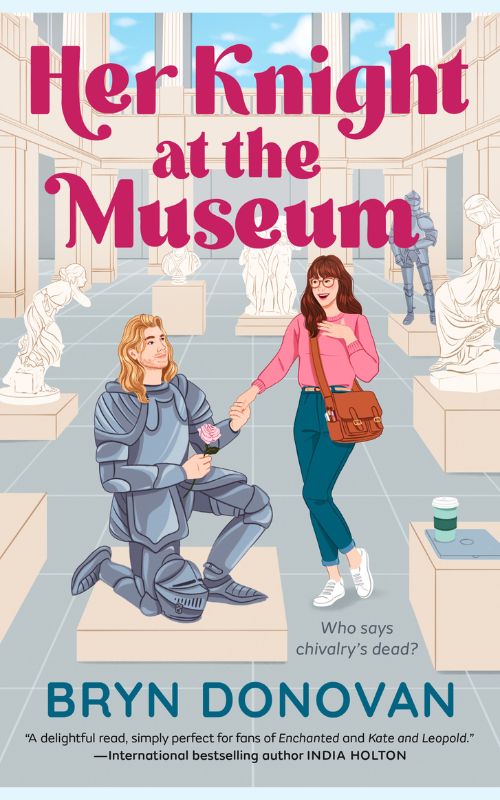

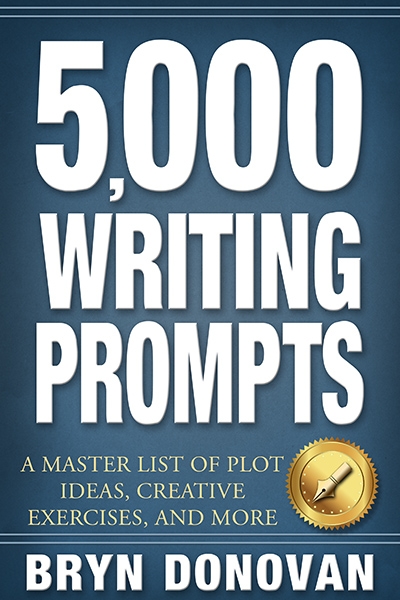
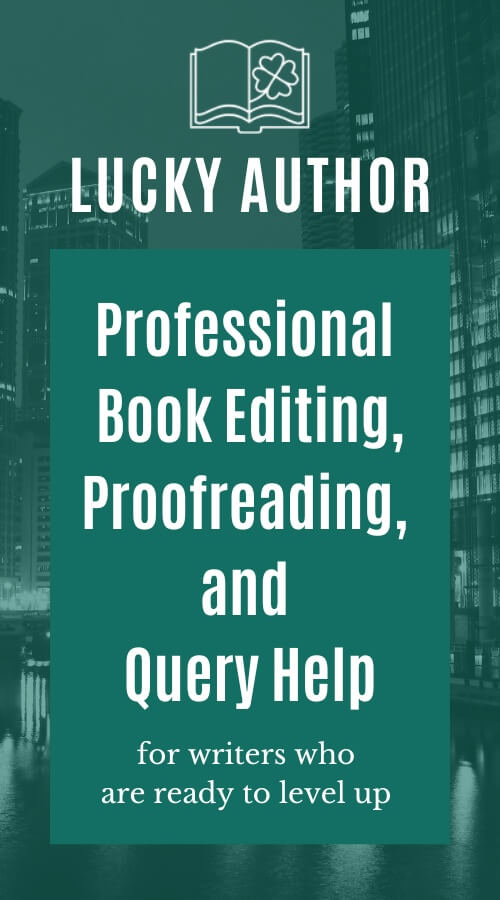
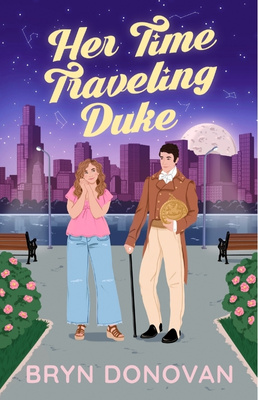
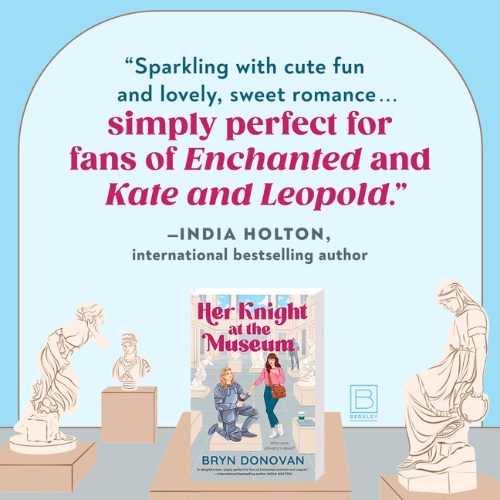
I think donating a kidney is noble. This is major surgery and the person who donates a kidney (or a lobe of their liver) is taking a risk with their health and life, often times for someone they don’t know. In the case of a kidney, the rest of their life, they no longer have that backup. I’m sure recovery is painful and slow. I think it’s the greatest gift.
I have a friend who is a kidney recipient. He spent two years tied to a dialysis machine twice a week. Having a working kidney has given him a new, improved life.
Bryn, I’m sure the person who received your kidney appreciates your sacrifice every day. I can’t imagine anyone who’s life was saved with a donor kidney would look down on the person who gave it. That’s what’s important. Not those people who can’t or won’t help their fellow man.
Deborah, thank you for your kind words. I really appreciate it! I’m so happy to hear about your friend. It really is amazing what medicine can do. Thank you so much for reading and commenting!
I love the selflessness it takes to be a donor of one’s organs—whether a person feels they want to share it publically or not. We are living in a highly ‘criticizing’ society today, which has been egged on by social commentators, who in some cases USE that person’s good deed to get followers and thereby $$$ to fill their bank accounts. There are better ways and a lot of BETTER people out there. Kudos that you’re part of that group! ?
Michele, you are so right. A lot of people criticize constantly and monetize it. And although I’m frustrated by how many people criticized a good deed here, in general, I try to stay on the positive side. Thank you for the kind words!
As the spouse of a donated kidney recipient, I strongly agree that the focus should be on the people awaiting donation. My husband was lucky that we were able to do at-home hemodialysis; people who have to rely on a dialysis center often experience a huge disruption to their lives. It can greatly decrease quality of life.
My husband’s wait was 5 years, and that’s typical in our state. Many patients don’t have 5 years left to wait.
I am an organ donor. My wishes are ‘clearly known’ and ‘Organ Donor’ is designated on my drivers license. No amount of questioning or pressure will make me change my mind.
But as someone who is tech-savvy, let me present an alternate point of view.
How do we know that Sonya Larson and her Chunky Monkeys are even real people? For all we know they could be Bots — as in Artificial Intelligence. Facebook likes to experiment with them, and does so on a regular basis, but will never admit to doing so in a million years.
With all the trouble Facebook and its various entities have gotten themselves into, they need to come clean. In which case, if Sonya Larson and her Chunky Monkeys really *are* bots, then Dawn Dorland could perceivably sue Facebook and anyone else who fell for the ruze.
They are definitely real people involved in a real lawsuit – they are (were) coworkers. This a really great, detailed (but long!), two-part piece with evidence from the lawsuit: https://summerbrennan.substack.com/p/bad-discourse-friend-the-unraveling
Hi Debby! Good for you for signing up for that—I wish more people did! Yeah, in this case, Sonya and her Chunky Monkey friends are real folks, but you bring up a good point. Online, you never even know who you’re dealing with—and you can be dealing with one person who has ten different accounts, for instance. Thanks for reading, and for commenting!
The one major factor unmentioned was the racial/racist/privilege aspect to this story. I think that was the saddest thing of all to see. I think the moral of all of this is delete your Twitter account.
Carol, I hardly knew what to say about that—Sonya wrote a short story with the intention of investigating race, but it’s hard to say that part, at least, had anything to do with Dawn, since Dawn just signed up to give her kidney to whoever needed one. I’ve connected with a lot of fun people on Twitter, but unfortunately, some people do use it to be mean. Thanks for reading, and thanks for commenting!
Reading this post saddened me. Donating a kidney or any organ is an amazing opportunity to affect several lives including yours. The sadness triggered in me relates to how mean spirited we have become as a society. Writers are no exception. I applaud the one writer for her selflessness. It took courage to reveal herself like that. For the other writer, professional jealousy doesn’t look good on her. There really is a market out there for positive, uplifting subjects that promote positive behavior like kidney donation, self reflection, and personal growth. The actions of Larson says more about her own character than that of Dorland character.
Hi Annette! It really can be disappointing to see this kind of mean-spiritedness, for sure. I think you may be right about jealousy…and I totally agree that Larson wound up revealing much more about her own character than anything else, really. Thanks for reading!
Just wow… I must have been under my rock when all of this happened. I never heard a peep of it. It blows my mind that anyone could find fault with any organ donor, ever. Where has basic human decency gone?
Hi Anne! I’m kind of glad you missed most of that mess, haha. Honestly, the way they treated her was despicable. I hope they’re able to learn from the experience and do better.
Current social media services and the 24/hr news/publishing cycle have seemed to bring out both the best and the worst in people.
I think people and organizations need to be kind in what they do and say.
My hope is that the good are rewarded for the good they do, and the bad or malicious are set in a more proper direction.
But honestly, I leave that to a higher power.
I’ve found your writings and stuff about being a donor inspiring and am sure it is useful to others as well. You have my best wishes.
As one of the older Millennials, like many of my generation, I’ve written off Facebook as more harm than good and hope that better communities with better values blossom for creators and collaborators and their consumers/fans in the near future, through technologies that are just now gaining their legs.
Chris, you’re so right about the 24 hour news cycle. I get what you’re saying about Facebook—I still use it to connect with people, but we learn worse things about the platform every day! I truly appreciate the good wishes. And I do hope that Larson, Ng, and their friends are, as you say, set in a more proper direction. Thanks for commenting! Always good to see you! 🙂
Thank ou for sharing. I think donating a body part – any part – is brave.
Ah thanks Lindy. I appreciate that. And thanks for reading and commenting!
Wow what a debacle! I never heard anything about this story, but it is remarkable. It’s also remarkable how you have been treated as a kidney donor. People are so weird! Lesson learned on not stealing another writer’s words / intellectual property. Thanks for sharing.
Hi Naomi! It is a debacle. And people can be so weird! Apparently a lot of people did need the lesson about not stealing other people’s words, so I’m glad they’re hearing about it. Thanks for reading and commenting! Hope everything is going well with you!
Your story was shared to me by your sister-in-law (my dear friend!), and I read about the Dawn/Sonya saga elsewhere (that’s what led me to this entry). Advocacy matters, and it sucks that it can be viewed as selfish grandstanding when actual lives are at stake. Thanks for speaking out for the things that really matter!
Jess! It’s so nice to “meet” you. My SIL is the best. 🙂 If nothing else, hopefully more people have learned about the importance of advocacy as a result of all this mess. Thanks for the encouraging words and for commenting!
What the f is wrong with some people? How appalling that anyone could behave this way!
I’d never heard of any of these other people, but I used to like Roxane Gay because she spoke out against the bullying and shaming of larger people. The more I hear about her, the more I think she isn’t quite as nice and tolerant as I initially believed.
I think that donating a kidney is a wonderful act of kindness. I can also understand where being lionized for this act would make a person uncomfortable. It isn’t quite the same thing, but it’s similar to the way I feel when people tell me, a disabled person, that I’m “an inspiration.” How am I an “inspiration?” All I’m doing is taking a walk! I just happen to be using an upright walker to help relieve the pressure on my lower back! It honestly makes me want to stay inside.
I was super disappointed in Roxane Gay, because I’d had a good opinion of her. I think for someone in her position, it’s really tempting to jump onto a negative message that’s popular with her own author crowd (and she’s done it before, ganging up on a college student, of all people.)
YES, I think what you’re talking about is a really similar thing! Being told you’re an inspiration when you’re just going on a walk. Sheesh. I’m sorry. People are so weird.
Thanks for commenting and for sharing your experience!
You’re right about her not doing any research. During the discovery process of the lawsuit (that Sonya Larson initiated), one of the requests was for documents pertaining to her research about kidney donations and the only thing she included was a list of sample letters from donors to recipients (in an obvious attempt to try to cast doubt on Dawn’s claim re: the letter)
That is so interesting! I’m not surprised, because I honestly don’t see how anyone could do any research about kidney recipients’ experiences and then completely ignore them and write about it the way she did.
How anyone could see organ donation as anything other than a selfless act is beyond me. Aside from the eternally grateful recipient, there are family members who are also thankful. Your generosity extends out in waves.
I appreciate that, Cindy! I don’t know why some people have such a negative response to it, and it really is too bad. Thanks for reading and commenting. Hope you’re having a good week!
I cannot believe that an organ donor, living or dead, could be criticised for it in any way, shape or form. I think giving body parts away while you’re still alive is beyond praise: I can’t think of any more selfless act possible. I’m sure the recipients don’t sit around wondering about the donor’s motivation and if it’s acceptable to them! Best example of recycling ever!
In Oz you just register that you allow any parts of your body to be used after death. I think it’s part of your driving licence record so everyone knows immediately what can be done, reducing remaining family intervention when speed of action is critical.
Hi Suzanne! You are so right—recipients really aren’t worried about donor motivations! I wish more people would sign up for organ donation after death—it really would help a lot. I’m so glad you brought that up! Thanks for reading, and for commenting! Hope everything is going well with you.
I can tell you exactly what happened. Sonya Larson grew up beautiful and in a – my guess – supportive family. Her husband is good looking and she has an enviable life. She parlayed her work regarding her biracial status into some great work. I think, like your experience with people not trusting your motives, Sonya put a lot onto Dawn. I also wonder if Sonya might be a sociopath because she seemed to be able to write an article that would totally misrepresent Dawn and most likely humiliate and hurt her. If there’s one thing a sociopath enjoys its a naive do gooder. They become the supply for the sociopath to mess with. She’s lied repeatedly and what sociopaths are good at: they know how to charm. They also know how to charm everyone and paint themselves as victims. I’m sure she charmed the socks off of that NY Times author. And she purposefully made the white woman in the story wealthy. Even though dawn was from a poorer family and was an abuse and trauma survivor. She accused Dawn of a dynamic of the white woman trying to take ownership of a POC work. Which was not the case at all. She aligned with POC and really convinced these people who did not know Dawn that she was some kind of narcissistic Karen. And of course after charming them they fell for her victim story. They downplayed her stealing lines from the letter to the recipient. I can’t believe anyone would make fun of a letter to a recipient.
Sonya is a true sociopath. She lies. Is cruel. Crushes vulnerable people. Gets her friends to join in the take down. And now she’s got the world in on it. The problem is that sociopaths think that they are the smartest people in the room. And they just are not. She found a victim she thought she could feed off of. And now, god willing, it is blowing up in her face.